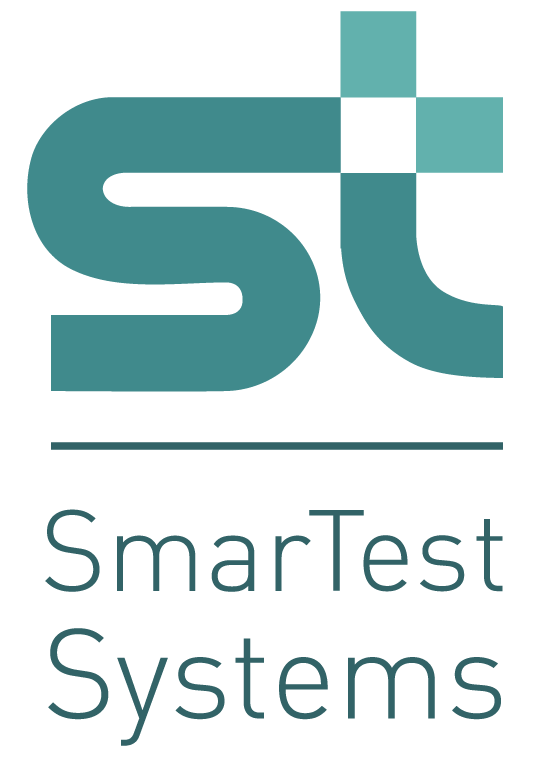In the recent years, a number of large epidemiological studies performed in the leading medical research institutions established a strong correlation between activity of gamma glutamyl transferase (GGT) enzyme and various cases of human mortality. Specifically, it was found that GGT is the main, the most accurate predictor of a sudden death from heart attack and stroke, the #1 killers in the industrialized countries; GGT is also found to be the most important predictor of metastatic activity of malignant tumors.
However, due to the lobby of the main stream pharmaceutical industry, GGT is not included in the annual blood test, even in high-risk patients.
This problem can be solved with our simple to use, compact GGT measurement device which uses samples of saliva, vaginal excretions or urine.
Test chemistry and fluorescence
Figure 1. (a) Front view of the proposed cell phone based fluorimeter showing test strip delivery system; (b) rear view of the proposed cell phone based fluorimeter; (c) rendering of the fluorimeter as an attachment to a cell phone; (d) rendering of the fluorimeter showing optical components and additional power block.
For the detection of GGT activity, the device will use a gamma-glutamyl group-donor substrate designated to generate a chemical reaction product having different chemo-physical features and, therefore, detectable by a suitable optical detection device. Synthetic substrates for detecting GGT (such as [gamma]-glutamyl-7-amido-4-methylcoumarin, [gamma]-glutamyl-4-methoxy-naphtylamide, [gamma]-glutamyl-4- nitroanilide, gamma-glutamyl-3-carboxy-4-nitroanilide, [gamma]-glutamyl-3,5-dibromo-4-hydroxy- anilide) can fulfill such requirements. One specific example of the test chemistry is given below, where a fluorescence emitting molecule 7-amino-4-methylcoumarin (AMC) with high fluorescence quantum yield, is produced as a result of the following transpeptidization reaction between the substrate molecule, [gamma]- glutamyl-7-amido-4-methylcoumarin ([gamma]-Glu-AMC) and GGT:
[gamma]-Glu-AMC + Glycylglycine = [gamma]-Glu-glycylglycine + AMC
The product exhibits a different fluorescence excitation/emission spectrum from that of the starting substrate, [gamma]-Glu-AMC, and can be detected by using a fluorimeter operating at an excitation wavelength range of 375-385 nm (central lex = 380 nm) and at an emission wavelength range of 435-445 nm (central lem = 440 nm). This fluorimetry detection method presents the advantage of being sensitive, showing a detection limit for the GGT enzyme of 0.1 mU.

